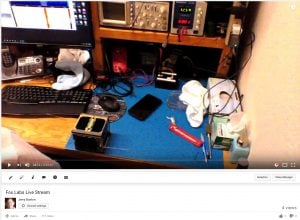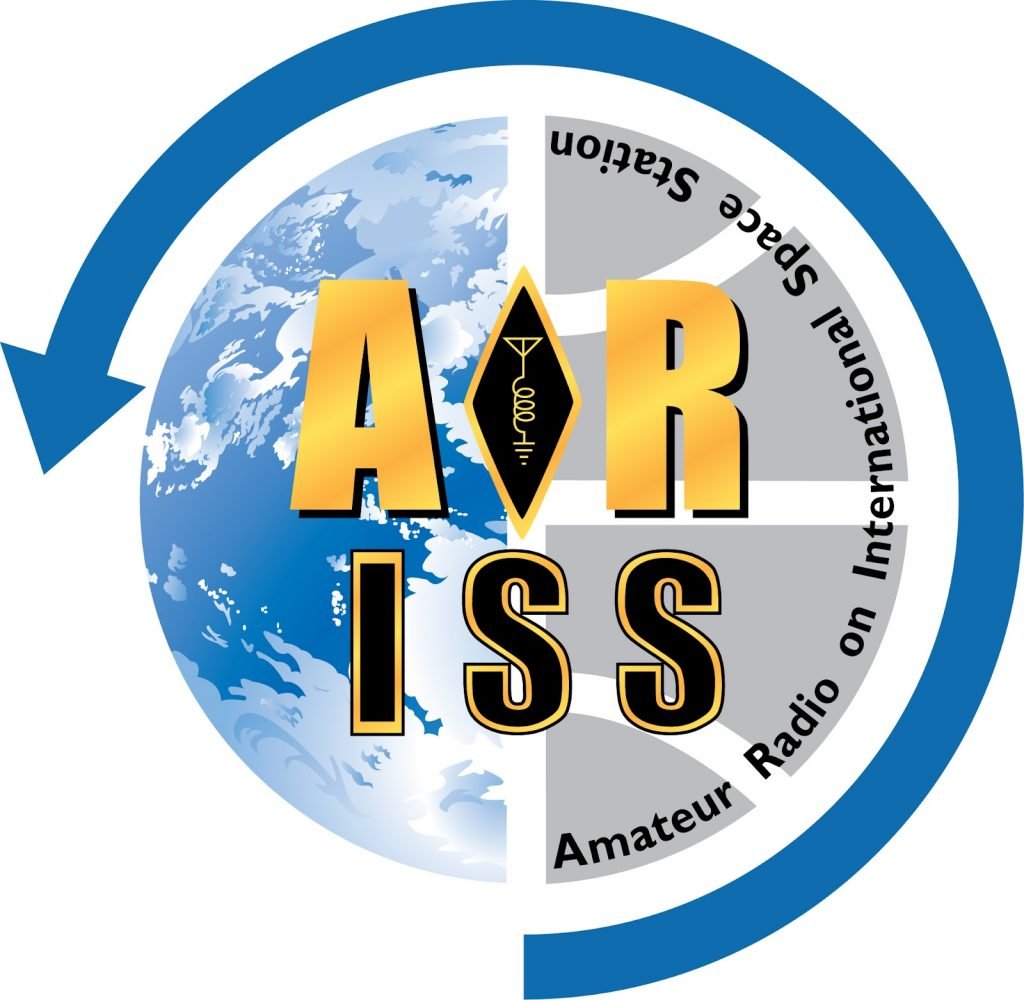AMSAT has been informed that the launch for the NASA Educational Launch of Nanosatellites (ELaNa) XX mission carrying RadFxSat-2 (Fox-1E) has been scheduled for December 2017.
In addition to RadFxSat-2, the ELaNa XX mission will carry 12 CubeSats constructed both by NASA and several universities around the United States. The mission will be launched by Virgin Galactic on their LauncherOne air launch to orbit system from Mojave, CA
RadFxSat-2, like RadFxSat (Fox-1B), is a partnership opportunity between the Vanderbilt University Institute for Space and Defense Electronics and AMSAT and will carry a similar radiation effects experiment, studying new FinFET technology.
RadFxSat-2 will be the fifth Fox-1 satellite built by AMSAT. Fox-1A, now AMSAT-OSCAR 85 (AO-85), was launched on October 8, 2015 and is fully operational, providing science data from it’s onboard experiments and FM transponder service for the amateur radio community. Fox-1Cliff and Fox-1D are scheduled for launch this fall and RadFxSat is scheduled to launch in early 2017.
The RadFxSat-2 spacecraft bus will be built on the Fox-1 series but will feature a linear transponder “upgrade” to replace the standard FM transponder in Fox-1A through D. In addition, the uplink and downlink bands will be reversed from the previous Fox satellites in a Mode V/u (J) configuration using a 2 meter uplink and 70 cm downlink. The downlink will feature a 1200 bps BPSK telemetry channel to carry the Vanderbilt science data in addition to a 30 kHz wide transponder for amateur radio use.



